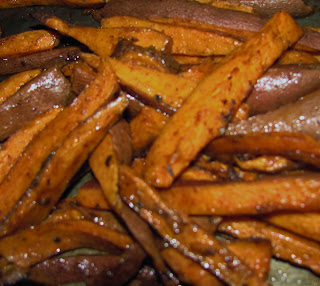Yesterday he was concerned.
It's the same concern I've heard from Boo's teacher all year.
She won't focus.
I'm not ready to call it Attention Deficit Hyperactivity Disorder. I am willing to accept mental illness, learning disabilities, or other issues with my child. I'm just not sure that a teacher who believes doodling is "not consistent with grade level" is qualified to fill in the Conners test for my second grader. After all, I doodled my way through graduate school.
ADHD in girls is tricky. Most studies have focused on boys because they tend to display more disruptive, hyperactive behaviors than girls do. Boys are more likely to be more defiant and moody. However, girls are more likely to participate in substance abuse.Current research believes that ADHD is caused by overly thin brain tissue surrounding the parts of the brain that sustain attention. This theory attempts to explain children "growing out" of ADHD since the brain tissue will often grow as the child ages. Unfortunately, more girls are misdiagnosed as ADHD before the age of ten than boys.
I'm a little skeptical at this point. I have been teaching college students writing for the past six years. As a tutor and teacher I have worked a great deal with students with learning disabilities, particularly ADHD. The adult women who have been diagnosed with ADHD have struggled with inattention and hyperactivity their whole lives. They have been on medications at times (for example, while in college), and they have learned to cope without medication at other points. The key with these women has been the lifelong struggle. They didn't suddenly wake up attentive and calm. Just as I haven't suddenly woken from my mental health issues, I don't know that I can accept the possibility of suddenly "growing out" of a mental disorder.
The school has assured us that even if we choose not to medicate our daughter, a diagnosis will provide her with accommodations. We are five months into the twelve-month waiting list for clinical tests, and maybe we should take her to her pediatrician. There may be other issues, such as a generalized anxiety disorder. Of course I don't want her to break down in tears because she has lost her gloves again or because she is overwhelmed by the ticking clock. However, asking our pediatrician to assess the teacher's Conners test, so our seven-year-old can get through timed math seems odd.
Medication does seem like the easiest fix for ADHD. It's been really effective for a lot of people who have struggled with school and work. I am definitely an advocate for mental health medication. But the world Boo lives in is beautiful and imaginative. She constantly creates stories, characters, scenarios, and games. If a stimulant let her complete thirty addition problems in three minutes but took away the faery dust that constantly sparkles around her, how could I justify the loss?
 |
| It's such a colorful, magical world with Boo. I can't imagine changing it. |
















